Reporter Yan Ruiming
All along, the topic of GM soybeans flowing into consumers' dining tables has been frequently mentioned by the media. However, the truth has never been clear.
To understand the status of genetically modified markers on the entire soybean product chain, Consumer Reports submitted nine types of soy products including soybeans, protein powder, soybean milk powder, soy milk and tofu.
According to the test results of the Guangzhou Quality Supervision Institute, except for the two tofu samples, the soybean genetically modified component CP4-EPSPS was detected (see “Analysis of the GM Chaos 1: The two refurbished bean curd containing genetically modified soybean components but not labeledâ€). No genetically modified soybean components were detected in the other seven products (see attached table).
Judging from the test results, the use of genetically modified soybeans has exceeded the limit of 17 items in Category 5 category of the “Generation†catalog of the Ministry of Agriculture.
Tofu, soy milk difficult to "insulate" with genetically modified
The use of genetically modified soybeans in tofu and soybean milk products is not a recent occurrence.
As early as 2011, a test of 50 soymilk sold by the Consumer Council of Hong Kong on the market found that half of the products claimed to be “organic†or “non-genetically modified soy†were found to contain traces of genetically modified soy ingredients. Four of the GM soy ingredients were sufficient to be quantified and contained 0.2% to 1.1%. Of the four quantified samples, two soy milks were labeled with “non-genetically modified†signs. The Consumer Council of Hong Kong has proposed that the SAR Government establish regulations on compulsory marking.
The Consumer Reports reporter learned from the Hong Kong Consumer Council that the "Guidelines for Voluntary Labelling of Genetically Modified Food" developed by the Hong Kong Food Safety Center do not recommend companies to use "non-GM components" or similar reverse labels. If the industry wants to use labels to indicate that any food ingredients are from non-genetically modified sources (containing less than 5% of genetically modified ingredients), they must have supporting documentation to support the statement.
However, because the Chinese mainland has not forced companies to provide proof, the credibility of the various types of soy products on the domestic market that claim or label "non-GMO" is also unknown.
Reverse identification without certification
The reporter learned from the Department of Agriculture of Guangdong Province that companies that use imported genetically modified soybeans as raw materials need to apply to the regulatory authorities for “review of genetically modified organismsâ€. Most of the companies listed on the list are grease factories.
"Compared to imported GM soybeans, China's self-produced non-GM soybeans have a low fat content, but the protein content is generally higher than imported GM soybeans, which is very suitable for the production of soybean foods." Wei Xiangyun, executive vice president of Soybean Products of China Food Industry Association This statement is intended to distinguish domestically produced soybeans from genetically modified soybeans used for oil extraction.
When the suspicion of genetic modification spread to soy protein isolates at the top of the soy food chain, two well-known health food giants Amway and Tomson Becken (66.000, 1.60, 2.48%) were in their star product, protein powder. The package is marked with a "non-transgenic" logo.
"The Tomson BJ Protein Powder has clearly marked the word 'non-GM' on the packaging to ensure that the public concerned about the product can clearly understand the relevant raw material information and protect consumers' right to know." Chen Daoxuan, head of Tomson BJ Brands, told reporters The raw soy used in its products will require suppliers to issue non-genetically modified certificates. However, it did not provide further disclosure of the certification report information.
"Unable to self-certify" soy sauce
In the course of investigating the consumption chain of soybeans, the reporter found that the remaining pods after the imported soybeans were squeezed had become “questioning†as one of the doubtful points. There are soy products industry sources told reporters that at present some companies may use genetically modified soybeans or soybean meal to make soy sauce.
However, this time, the Consumer Reports did not include soy sauce in the submitted inspection products. The reason is that none of the testing agencies in this publication are willing to accept this service.
The reporter consulted the laboratory of the Guangzhou Entry-Exit Inspection and Quarantine Bureau. The relevant person in charge stated that there are no test methods for the use of genetically modified ingredients for soy sauce because there are no plant tissues in the soy sauce. It has been destroyed and there are few valid fragments so it cannot be detected.
Another testing agency told the reporter: “At present, there are basically no companies submitting finished soy sauce, and the inspection will be carried out with raw soybeans. However, this situation is rare.â€
The reporter asked the well-known soy sauce brand Haitian and Zhujiang Bridge about the source of soybean raw materials. Both companies stated that their use of soybean raw materials has been tested and approved, but it is inconvenient for the public to announce.
However, Deng Pingjian, who was once in charge of the Shenzhen City Center for Disease Control and Prevention's investigation into the positive rate of genetically modified soybeans in the Shenzhen market, said that the current domestic research on genetically modified genetically modified (GM) components is among the highest in the world. In fact, there is no difficulty in detecting soy sauce technology. Regulations need not be needed.
According to the reporter's understanding, the current state laws and regulations on genetically modified marks have fallen into a difficult position of implementation. For this reason, the journal will continue its follow-up reports.
- 18MM SK5 BLADE: Durable, sharp and retracting smoothly. Snap-off design keeps the blade always sharp and ready to go!
- AUTO-CHANGE MECHANISM: Change blade automatically. Simply push the button to top, pull off the used blade, then push the button back to bottom, then push up, the blade will be self-reloaded.
- ANTI-SLIP HANDLE:Soft TPR material and ergonomic design provides comfortable grip, reduce fatigue from long-time working. Built in with a blade cartridge which can store 3 blades.
-
WIDELY USED:Cutting boxes, tape, drywall, leather, cardboard, rubber, kevlar, linoleum,etc. Perfect for daily use, handcraft tasks. Keep one at home, office, school,garage, warehouse, anywhere you need it.


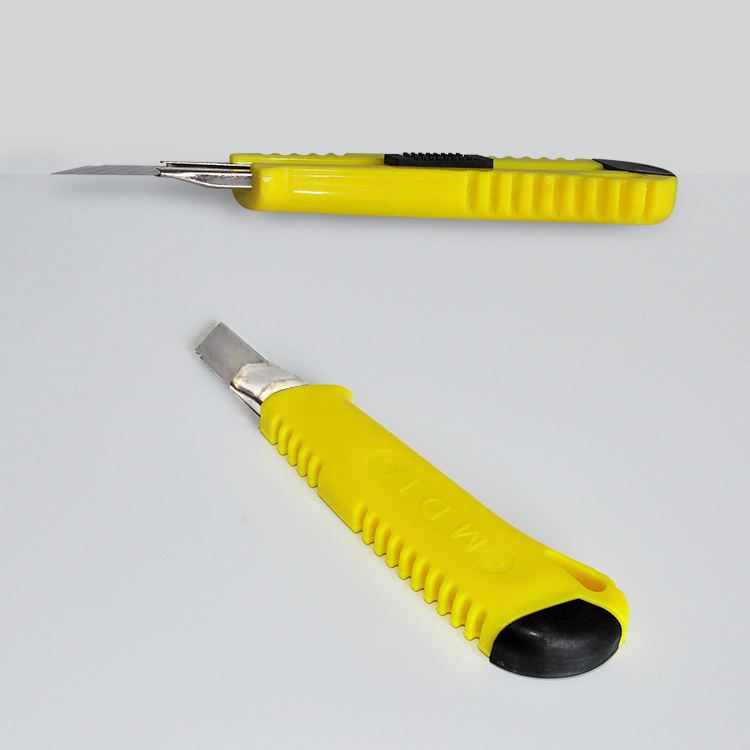
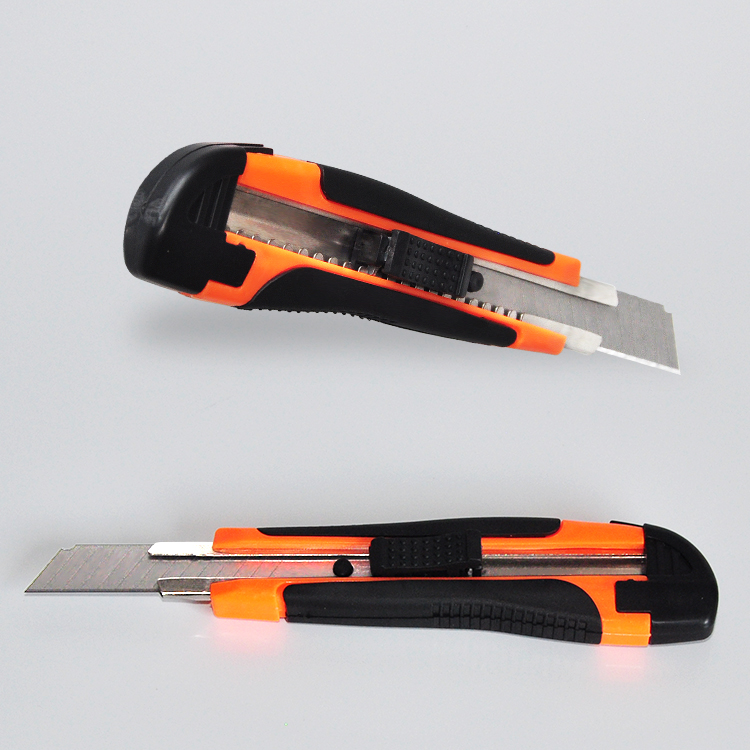
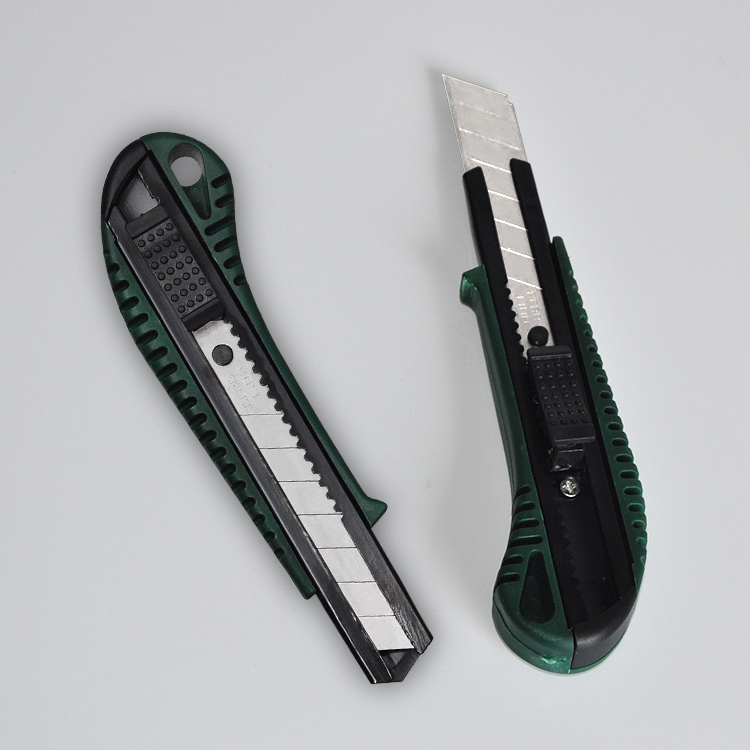
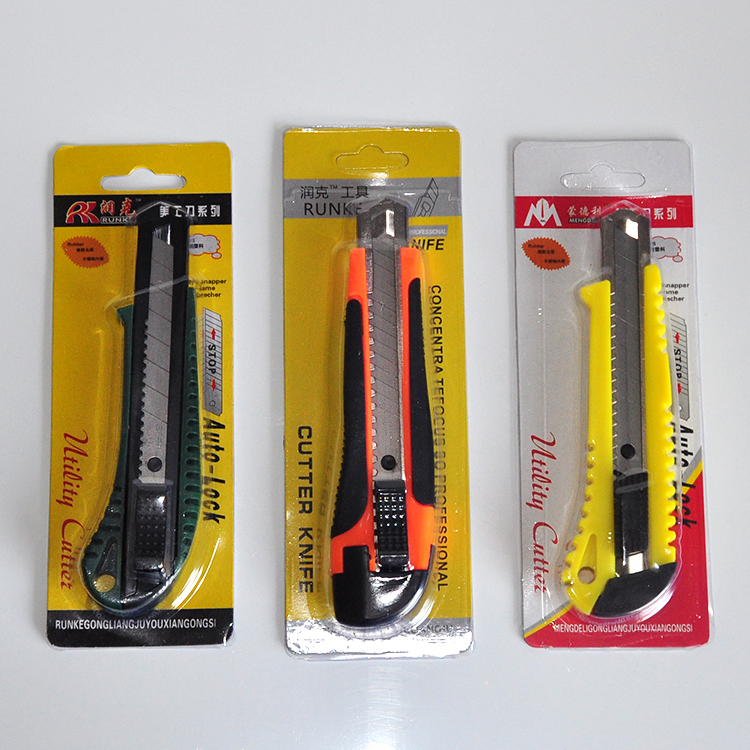
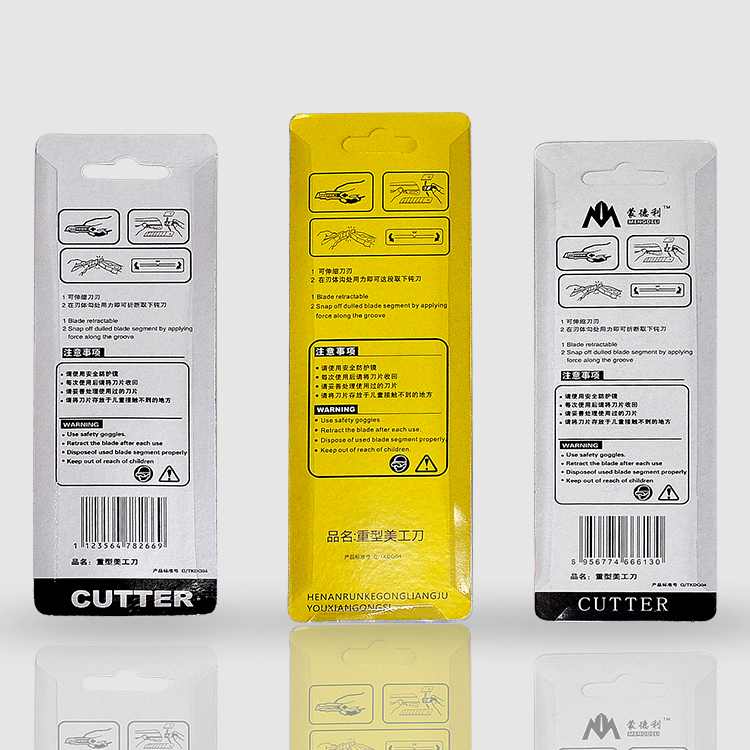
Custom Utility Knife,25MM Cutter Knife,Retractable Utility Knife
Wintape Measuring Tape Company , https://www.wintapetape.com
